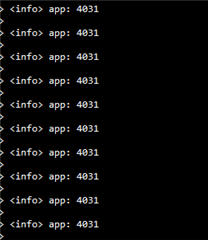Hi!
The nRF52820 chip does not have the SAADC module used to estimate the battery life in its larger counterparts (nrf52840 and nrf52833).
Is there a different way to estimate battery life without an SAADC?
I'm hoping for a method which does not include adding external components, and is measurement based rather then estimation based.
We had considered an estimation method which is a summation of the current estimate per 'time used', 'advertisement cycles' passed, 'connection cycles passed' etc. The problem here is that a. I would need to estimate all possible parameters (TX power for example, time until advertisement is caught etc)
b. I would not be able to catch leaking parts, as the leak is not part of my estimation.
Adding an external ADC is a possibility, but would require us to change our PCB which is not something we want.
we're using the VDD tied to VDDH and expect the Vin to be 1.8-3.3V.
Any other ideas?



